WATER RIGHTS PROTECTIONS & NESTLE WATER’S
|
| On Monday, May 6th the Upper Ark partnered with Canon City Exploratory School and several other organizations to bring a day of water activities and education to approximately 90 enthusiastic 3rd and 4th grade students. Partners included the USFS, BLM, AHRA, Canon City High School, City of Canon City, Raft Masters, and Fremont Adventure Recreation. Special thanks to Dominique Naccarato, Executive Director for the Greater Arkansas River Nature Association (GARNA) for co-leading the Awesome Aquifers activity with the District. Students learned about the interaction between groundwater and surface water and got to build their own aquifer model. The District also had the opportunity this month to lead an aquifer station for GARNA's annual 6th grade field trip. We always have fun leading this activity, teaching kids about aquifers and the potential for alluvial storage. It's great to use interactive and hands on activities to break apart complex water topics and get down to the basics- everyone learns something! |
Check out this recent article published in the Ark Valley Voice with comments by Manager Scanga. Special thanks to Henry John DeKam for reaching out to the Upper Ark and for providing important and relevant information to the community.
This is part one of a two-part series by General Manager, Ralph "Terry" Scanga
Most discussions involving water supply or quality require a good examination of historical perspective of water development. For this reason, understanding the system by which water is and has been allocated in Colorado since statehood is a good starting point.
Water in Colorado is allocated as a private property right through a system referred to as the Appropriation Doctrine. It is the only arid Western state that utilizes a pure form of this doctrine called the “Colorado Doctrine”. This doctrine is enshrined in the State’s constitution. It is a constitutional right for the citizens of Colorado to an appropriation of water based on its beneficial use. Although many legislative statutes deal with water appropriation and use these all rely upon and must comport with the basic constitutional right granted the citizens of the state. This article is not intended to delve into the Doctrine except to point out that water rights and decrees are granted as a private property right. In fact, this system is automatically designed to apportion available water supply without undue interference from government except for the administration of the existing water decrees or through the water court.
In 2005 legislation was passed creating the inter-basin compact committee and the nine basin roundtables. The basins utilized the Statewide Water Supply Initiative (A project to calculate the available water supply compared to demand --a needs assessment) to identify the projects and processes needed to address any water supply gap out to the year 2050 for all uses- municipal, industrial, irrigation (agricultural), environmental and recreational. Water entities and individuals were involved in each basin throughout the state to develop these plans. Projects were identified and some were funded in part with grants from the state’s Colorado Water Conservation Board. The Colorado Water Plan was developed from these plans and processes. These projects have gone a long way to make available the necessary water supplies for the future. Many of the projects are ongoing and more will be needed to meet future needs.
Colorado is an arid state with future shortages forecast in the higher growth regions. In the Arkansas Basin many junior water rights were established during high precipitation periods. Due to this the Arkansas Basin today is considered an over-appropriated basin; meaning that on average there are more decreed water rights than water available. Most of these junior water rights are decreed for irrigation use in agriculture. In the Arkansas Basin shortages are forecast for all water uses.
The Colorado Water Plan is a collection of the ideas and projects on how we can meet future water demands. Meeting the future need revolves around developing new Colorado River Supplies and Alternative Agricultural Transfers coupled with storage. The Colorado River normally has water that is unused and could be utilized to fill the gaps in the higher growth regions. Presently Colorado is well ahead in meeting its Compact obligations on the Colorado River despite unsubstantiated claims from some state politicians and the administration that Colorado may be unable to meet its obligations. Agricultural irrigation uses 80 percent or more of the available supply statewide. Some of these uses could be temporarily interrupted through court approved Lease-Fallowing agreements, and the water owner compensated, to meet shortages in drier years. In wet years existing storage and new storage could be utilized to save the excess for drier times. Storage projects including alluvial storage need to be built to meet the future needs. Through the existing Appropriation System, the above plans and others are underway to meet this future need. Water storage operations could be adapted to meet multiple uses for stream management to meet increased demands for the environment and recreation. All this can and should be completed through the Colorado Doctrine of Appropriation, a strong legal framework to guarantee the security, reliability and flexibility in the development and protection of water resources.
In our next “Water Talks” article we will explore the various threats to our water supply.
Most discussions involving water supply or quality require a good examination of historical perspective of water development. For this reason, understanding the system by which water is and has been allocated in Colorado since statehood is a good starting point.
Water in Colorado is allocated as a private property right through a system referred to as the Appropriation Doctrine. It is the only arid Western state that utilizes a pure form of this doctrine called the “Colorado Doctrine”. This doctrine is enshrined in the State’s constitution. It is a constitutional right for the citizens of Colorado to an appropriation of water based on its beneficial use. Although many legislative statutes deal with water appropriation and use these all rely upon and must comport with the basic constitutional right granted the citizens of the state. This article is not intended to delve into the Doctrine except to point out that water rights and decrees are granted as a private property right. In fact, this system is automatically designed to apportion available water supply without undue interference from government except for the administration of the existing water decrees or through the water court.
In 2005 legislation was passed creating the inter-basin compact committee and the nine basin roundtables. The basins utilized the Statewide Water Supply Initiative (A project to calculate the available water supply compared to demand --a needs assessment) to identify the projects and processes needed to address any water supply gap out to the year 2050 for all uses- municipal, industrial, irrigation (agricultural), environmental and recreational. Water entities and individuals were involved in each basin throughout the state to develop these plans. Projects were identified and some were funded in part with grants from the state’s Colorado Water Conservation Board. The Colorado Water Plan was developed from these plans and processes. These projects have gone a long way to make available the necessary water supplies for the future. Many of the projects are ongoing and more will be needed to meet future needs.
Colorado is an arid state with future shortages forecast in the higher growth regions. In the Arkansas Basin many junior water rights were established during high precipitation periods. Due to this the Arkansas Basin today is considered an over-appropriated basin; meaning that on average there are more decreed water rights than water available. Most of these junior water rights are decreed for irrigation use in agriculture. In the Arkansas Basin shortages are forecast for all water uses.
The Colorado Water Plan is a collection of the ideas and projects on how we can meet future water demands. Meeting the future need revolves around developing new Colorado River Supplies and Alternative Agricultural Transfers coupled with storage. The Colorado River normally has water that is unused and could be utilized to fill the gaps in the higher growth regions. Presently Colorado is well ahead in meeting its Compact obligations on the Colorado River despite unsubstantiated claims from some state politicians and the administration that Colorado may be unable to meet its obligations. Agricultural irrigation uses 80 percent or more of the available supply statewide. Some of these uses could be temporarily interrupted through court approved Lease-Fallowing agreements, and the water owner compensated, to meet shortages in drier years. In wet years existing storage and new storage could be utilized to save the excess for drier times. Storage projects including alluvial storage need to be built to meet the future needs. Through the existing Appropriation System, the above plans and others are underway to meet this future need. Water storage operations could be adapted to meet multiple uses for stream management to meet increased demands for the environment and recreation. All this can and should be completed through the Colorado Doctrine of Appropriation, a strong legal framework to guarantee the security, reliability and flexibility in the development and protection of water resources.
In our next “Water Talks” article we will explore the various threats to our water supply.
By Ken Baker - Board Consultant
The Colorado General Assembly is in session and the Upper Arkansas Water Conservancy District is closely monitoring water-related legislation. In our March legislative update I have highlighted some of the issues we are closely following.
Change in Republican River District Boundaries
HB19-1029 will require a larger number of water users to pay for well pumping in the newly enlarged district.
Water Loans for Stream Use
HB19-1218 will amend the existing statute that grants authority to the Colorado Water Conservation Board for loaning water for in-stream purposes. Provisions state that the loaned water is to be used for preserving the natural environment of a stream reach that is subject to a decreed in-stream flow right and preserving or improving the natural environment to a reasonable degree for a stream reach for which the Colorado Water Conservation Board does not hold a decreed in-stream right. The bill would increase the number of years of the loan from three years to five years of a ten-year period.
Study of Blockchain Technology in Water Uses
This bill, SB19-184, is in response to the rapidly emerging technology of blockchain. Governor Polis has announced a major long-term commitment by his administration to make Colorado a hub for the technology of blockchain. Blockchain technology most often associates with crypto-currency, but it has a vast array of uses with respect to asset management, inventory control, product safety, and other applications where security of interchanges is a high priority. SB19-184 authorizes the Colorado Water Institute to study potential uses of blockchain technology in various water applications such as recording and monitoring water rights, developing market exchanges of water, the creation and operation of water banks, aquifer storage retrieval and other applications. When the Institute has completed the study, it will report back to the General Assembly.
Restructuring of State Regulations of Oil and Gas Exploration and Extraction
HB19-181 proposes major restructuring of the regulatory treatment of the oil and natural gas exploration and extraction industry.
Concerning the Expansion of Agricultural Chemical Management Plans to Protect Surface Water
SB19-186 is a plan that CSU has worked on with the Department of Agriculture. The word groundwater has been replaced with the term “state waters”.
The Colorado General Assembly is in session and the Upper Arkansas Water Conservancy District is closely monitoring water-related legislation. In our March legislative update I have highlighted some of the issues we are closely following.
Change in Republican River District Boundaries
HB19-1029 will require a larger number of water users to pay for well pumping in the newly enlarged district.
Water Loans for Stream Use
HB19-1218 will amend the existing statute that grants authority to the Colorado Water Conservation Board for loaning water for in-stream purposes. Provisions state that the loaned water is to be used for preserving the natural environment of a stream reach that is subject to a decreed in-stream flow right and preserving or improving the natural environment to a reasonable degree for a stream reach for which the Colorado Water Conservation Board does not hold a decreed in-stream right. The bill would increase the number of years of the loan from three years to five years of a ten-year period.
Study of Blockchain Technology in Water Uses
This bill, SB19-184, is in response to the rapidly emerging technology of blockchain. Governor Polis has announced a major long-term commitment by his administration to make Colorado a hub for the technology of blockchain. Blockchain technology most often associates with crypto-currency, but it has a vast array of uses with respect to asset management, inventory control, product safety, and other applications where security of interchanges is a high priority. SB19-184 authorizes the Colorado Water Institute to study potential uses of blockchain technology in various water applications such as recording and monitoring water rights, developing market exchanges of water, the creation and operation of water banks, aquifer storage retrieval and other applications. When the Institute has completed the study, it will report back to the General Assembly.
Restructuring of State Regulations of Oil and Gas Exploration and Extraction
HB19-181 proposes major restructuring of the regulatory treatment of the oil and natural gas exploration and extraction industry.
Concerning the Expansion of Agricultural Chemical Management Plans to Protect Surface Water
SB19-186 is a plan that CSU has worked on with the Department of Agriculture. The word groundwater has been replaced with the term “state waters”.
| Education is tremendously important to us here at the Upper Arkansas Water Conservancy District and we consider it our responsibility to function as a pipeline for the delivery of accurate information about water to our community. When that pipeline reaches young people, whether through school programs or outreach events, there is a trickling down of knowledge through the generations. That’s why we were excited to participate and engage with the students from the Darren Patterson Christian Academy in Buena Vista. Earlier this year we received letters from several students sharing about their learning journey and asking for more information on various local water topics. Curious about those questions and how we responded? Check out the letters below! |
In 2017, the Upper Arkansas Water Conservancy District developed a comprehensive education plan to help us expand our outreach and education efforts. We, as your local water district, want to better engage the public through well-informed discourse regarding local water management and to offer educational programming and resources in the Upper Arkansas Basin. The Upper Arkansas Water Conservancy District has served your communities for over 40 years andwe would like the opportunity to share with you what we have learned. We believe that education is the key to building successful projects for the future to effectively and efficiently manage our most precious resource - water.
In the last year, following the development of our education plan, the Upper Arkansas Water Conservancy District has built various education programs to assist in the education on water-relatedtopics in the community. We now offer a monthly educational column in regional newspapers. It is there that we talk about new projects, essentialfunding sources, and potential solutions to our water challenges. We’ve also created educational literature available at our office for pick-up and hosted water education events throughout the area including documentaries and our annual Water Fest, a family-friendly water education event in Buena Vista and Salida.
Most recently, we have launched a new educational website full of information. We provide many resources on the site including a water resource data section where visitors may view information related to stream discharge, reservoir contents, water temperature, and weather conditions. We also have a comprehensive listing of links and resources, a blog where we will continue to feature news related to local water issues, and information regarding water administration and storage projects.
You may view our new website at www.uawcd.com
In 2019, the Upper Arkansas Water Conservancy District will continue to build upon our water education programs and opportunities. An understanding of water history, law, and administration are essential to developing solutions to our future water challenges. We strive to provide the groundwork for this type of water education, in turn, building a more informed community. If you have any questions or if there is something, you’d like to learn more about, please contact Chelsey at 719.539.5425 and let us know.
We’d enjoy hearing from you.
Most recently, we have launched a new educational website full of information. We provide many resources on the site including a water resource data section where visitors may view information related to stream discharge, reservoir contents, water temperature, and weather conditions. We also have a comprehensive listing of links and resources, a blog where we will continue to feature news related to local water issues, and information regarding water administration and storage projects.
You may view our new website at www.uawcd.com
In 2019, the Upper Arkansas Water Conservancy District will continue to build upon our water education programs and opportunities. An understanding of water history, law, and administration are essential to developing solutions to our future water challenges. We strive to provide the groundwork for this type of water education, in turn, building a more informed community. If you have any questions or if there is something, you’d like to learn more about, please contact Chelsey at 719.539.5425 and let us know.
We’d enjoy hearing from you.
Join the Upper Arkansas Water Conservancy District for a two-day water festival.
This great family-friendly (and fun!) water education event is sponsored by the Upper Arkansas Water Conservancy District, in partnership with the Foodshed Alliance and are held in conjunction with the Salida Farmers Market and the Buena Vista Farmers Market. Enjoy water education for children and adults as well as demonstration and exhibits.
Free and open to the public.
--Saturday, August 25th - Salida @ the Farmers Market, Alpine Park
--Sunday, August 26th - Buena Vista @ the Farmers Market, South Main Square
Free and open to the public.
--Saturday, August 25th - Salida @ the Farmers Market, Alpine Park
--Sunday, August 26th - Buena Vista @ the Farmers Market, South Main Square
ABOUT
Local water news by the Upper Arkansas Water Conservancy District
Archives
August 2023
May 2023
August 2022
July 2022
May 2022
February 2022
September 2021
January 2021
July 2020
May 2020
March 2020
February 2020
January 2020
November 2019
October 2019
August 2019
June 2019
May 2019
April 2019
March 2019
January 2019
December 2018
November 2018
October 2018
August 2018
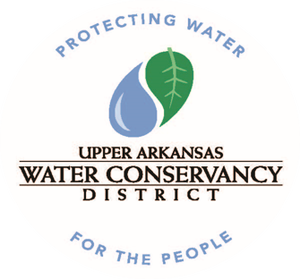
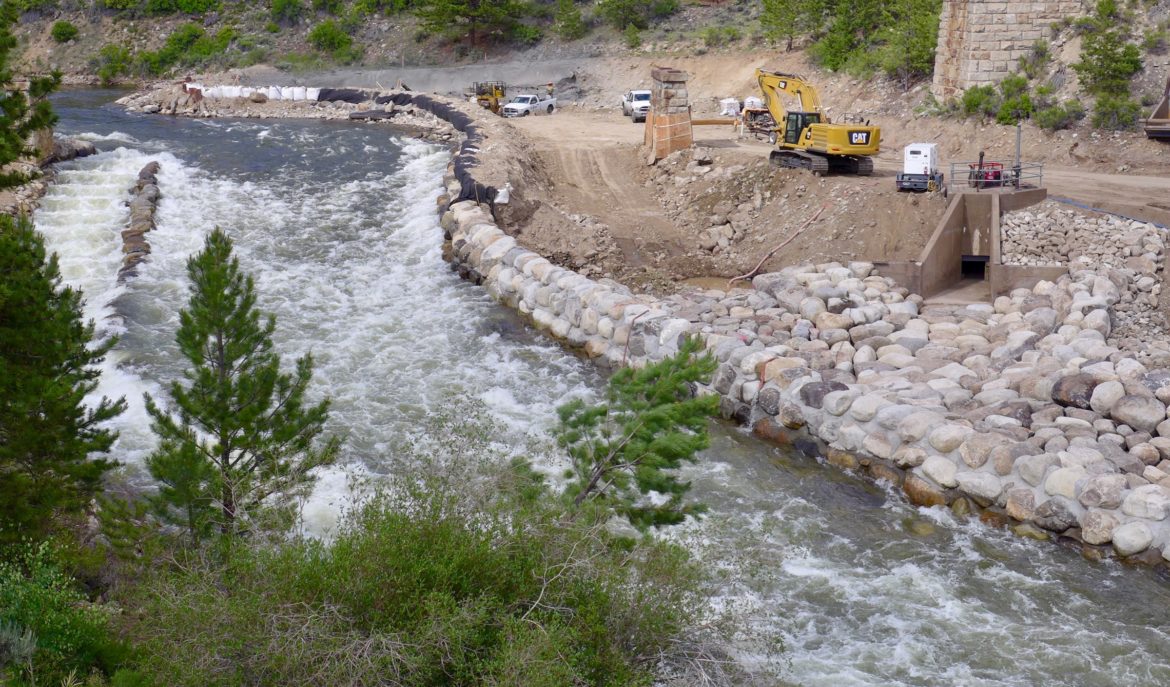
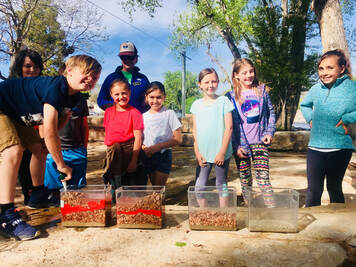
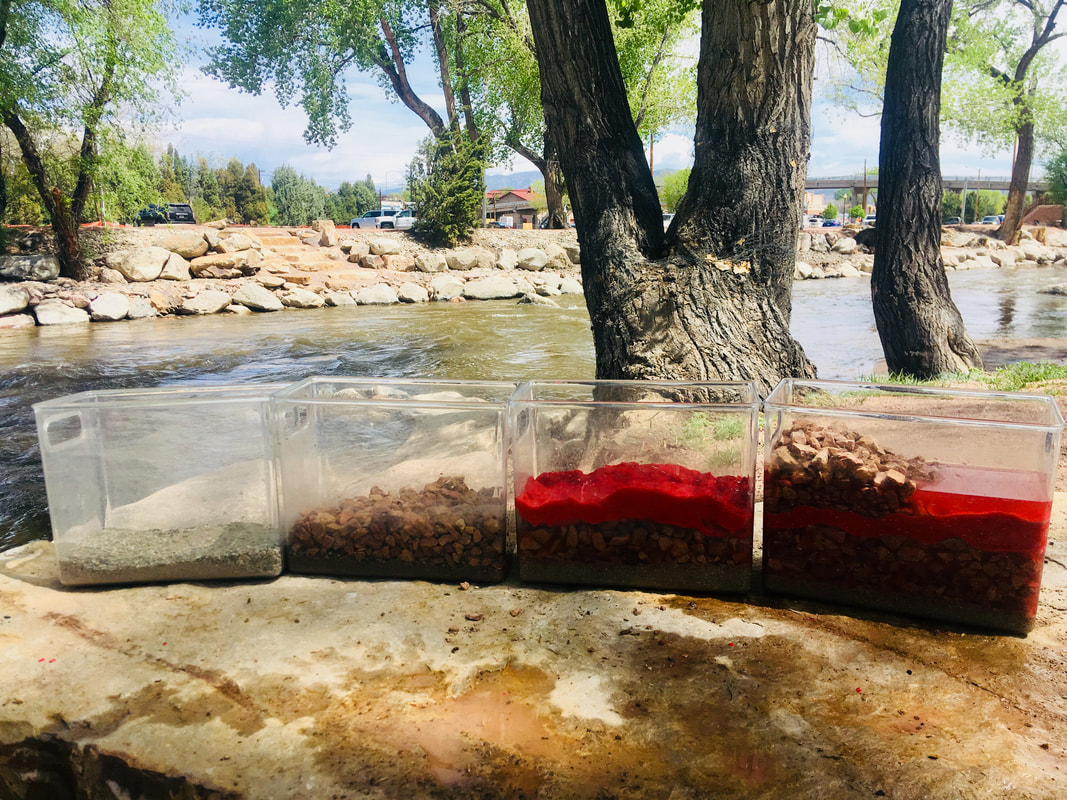
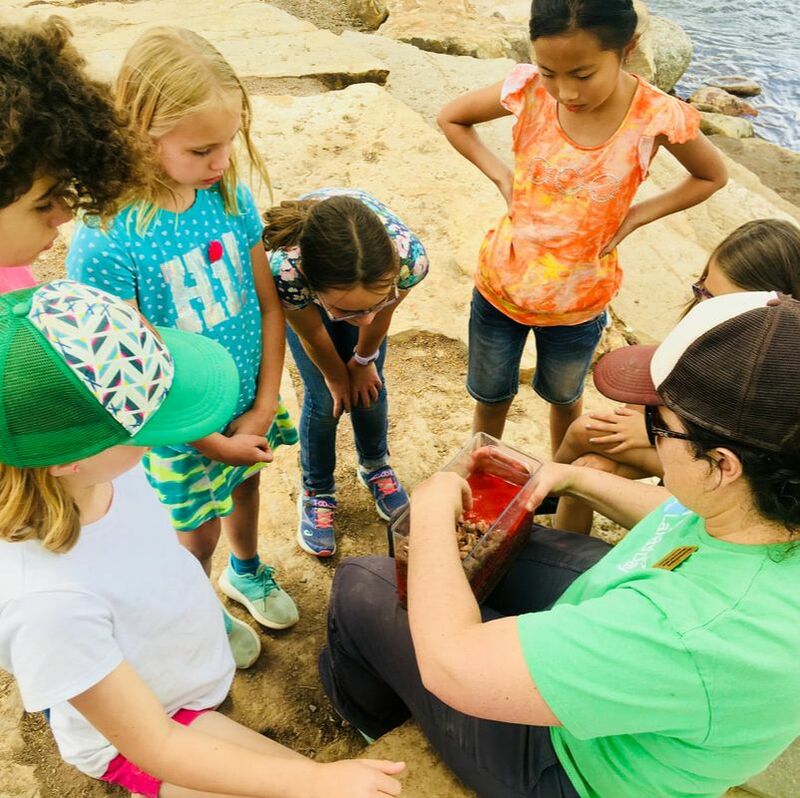
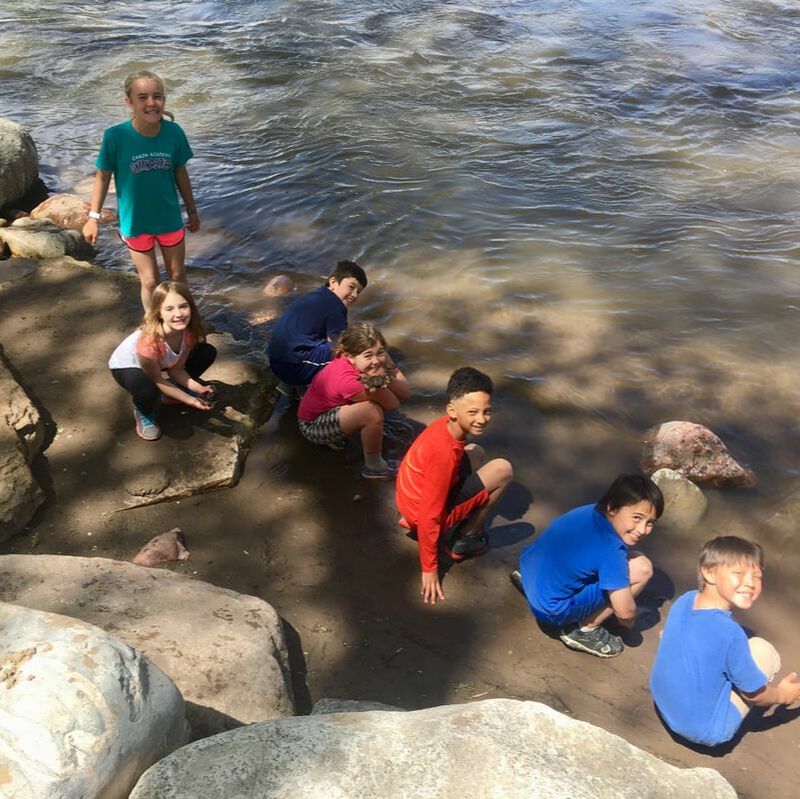
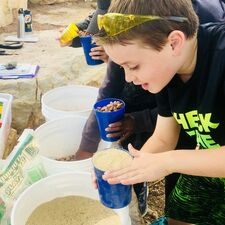


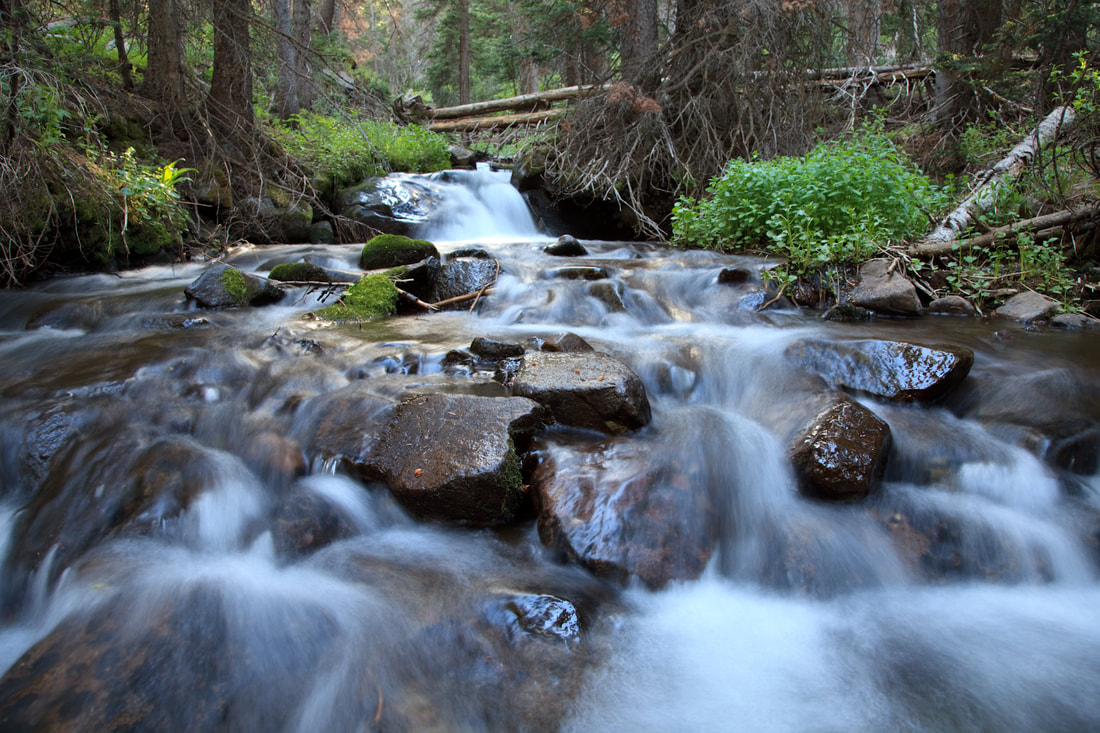
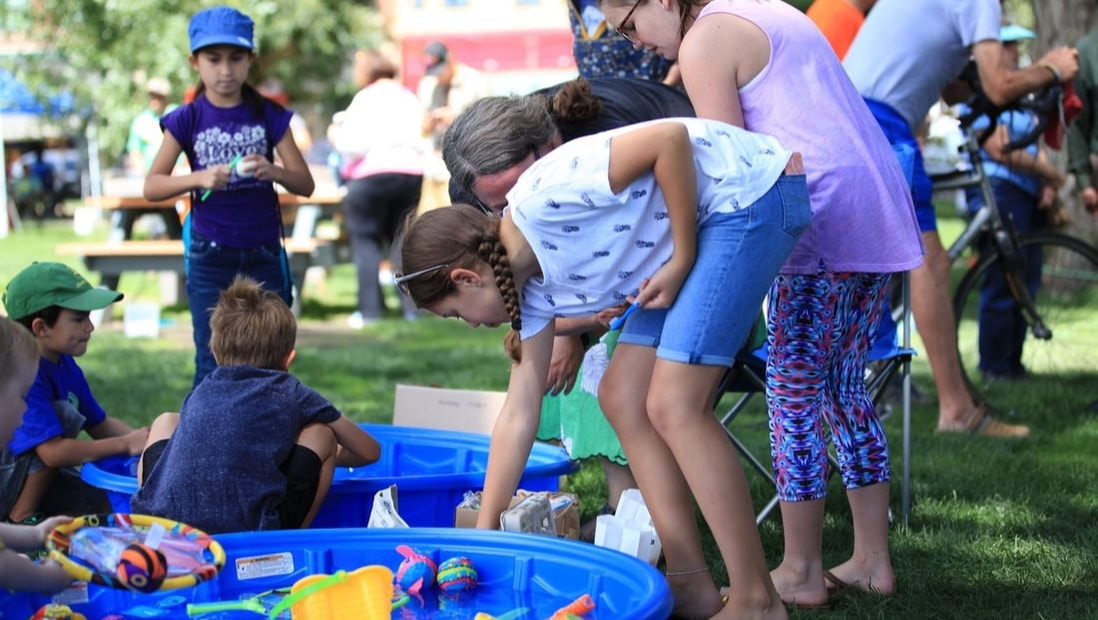
 RSS Feed
RSS Feed